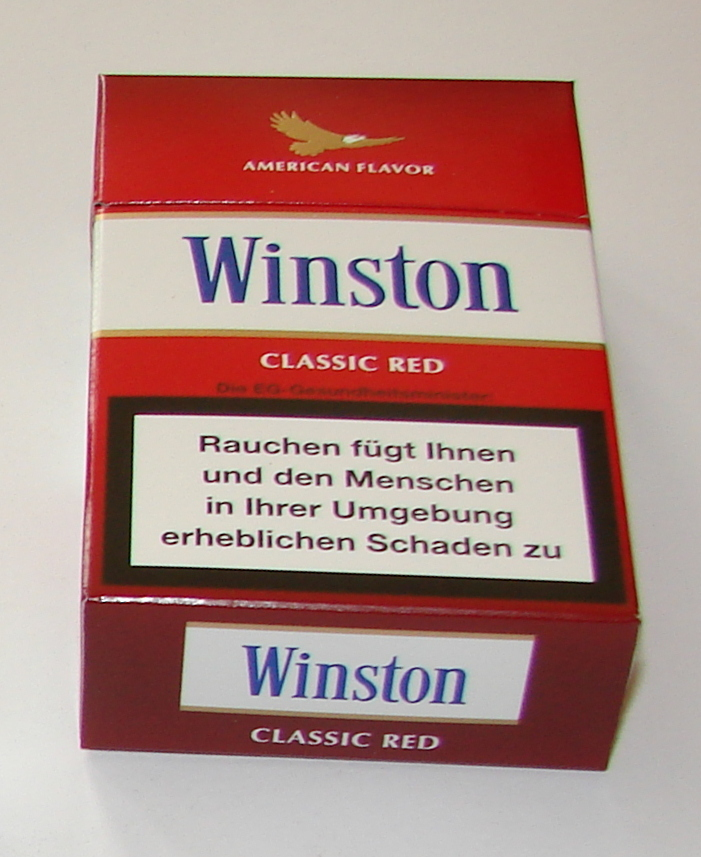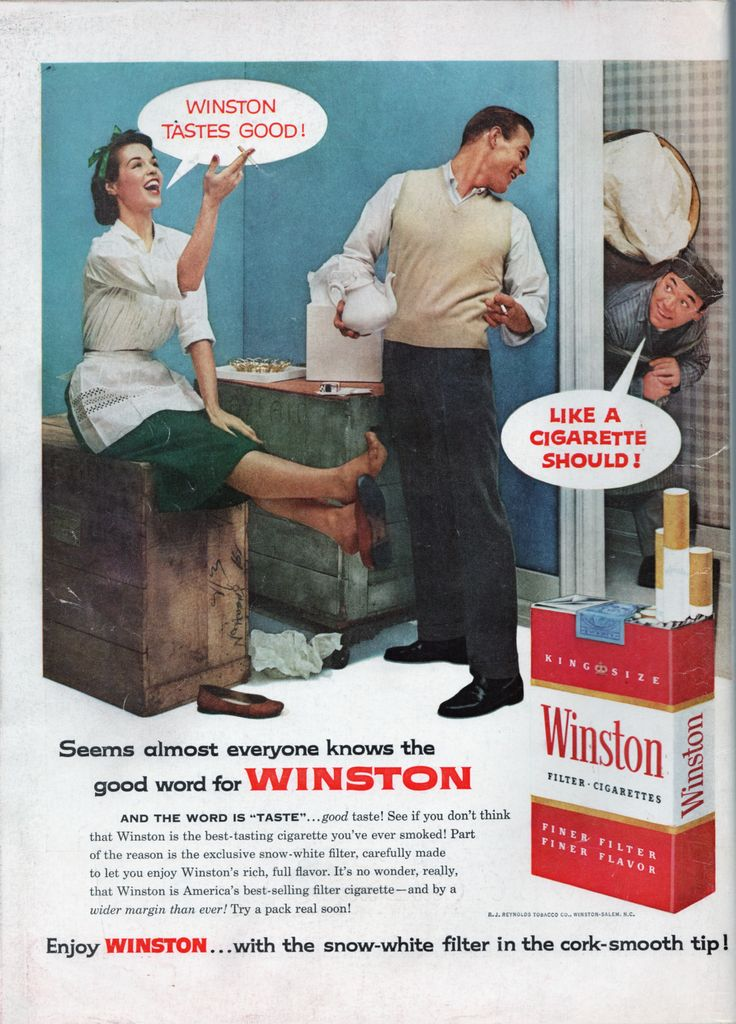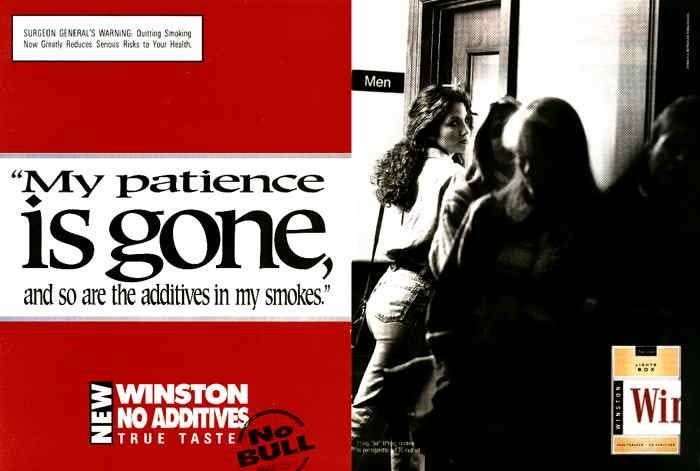Winston is more than just a cigarette brand — it symbolizes American identity, post-war innovation, and decades of cultural change. Since its introduction in the mid-20th century, Winston has evolved from a groundbreaking filtered cigarette to a globally recognized brand with a presence in over 100 countries. This article explores Winston’s history, branding, product evolution, and cultural impact, showcasing how it became one of the most iconic names in the tobacco industry.

1. Origins: The Birth of Winston (1954)
Winston was introduced in 1954 por R.J. Reynolds Tobacco Company, one of the largest tobacco companies in the United States. The brand was named after Winston-Salem, North Carolina, where RJR was headquartered.
Winston’s filter-tipped design was revolutionary at the time — a new concept that promised a “cleaner, smoother smoke.” Marketed under the memorable slogan:
"Winston sabe bien, como debe saber un cigarrillo".
This slogan, catchy and grammatically rebellious, became one of the most recognizable taglines in advertising history. Within a year of its launch, Winston quickly became the top-selling cigarette brand in the U.S., overtaking older, unfiltered competitors.
2. The Golden Years: Dominance in the 1960s and 70s
The 1960s and 1970s marked the peak of Winston’s popularity. The brand heavily invested in television and magazine advertising, associating itself with rugged masculinity, adventure, and Americana.
Key marketing channels included:
- TV Commercials: Memorable jingles and cowboy imagery
- Sports Sponsorships: NASCAR’s top racing series was named the Winston Cup Series from 1971 to 2003
- Billboards & Print: Featuring blue skies, wilderness, and confident men
This era solidified Winston as a mainstream lifestyle brand, not just a product.

3. Product Evolution and International Expansion
As health concerns and global regulation increased, Winston expanded its product line internationally.
Product changes:
- Light Versions: Winston Lights and Ultra Lights offered reduced tar and nicotine
- Opciones de mentol: Appealed to a broader segment of smokers
- Slims and Capsules: Developed for European and Asian markets
International growth:
Winston found strong markets in Europe, the Middle East, and Asia, particularly Japan, Russia, and Southeast Asia. The brand adapted its blends, packaging, and marketing to cater to regional preferences.
In 1999, Japan Tobacco International (JTI) acquired international rights to the brand outside the U.S., helping Winston become one of JTI’s flagship global labels.
4. Regulatory Shifts and Brand Reinvention
The turn of the century brought significant changes for all tobacco brands, and Winston was no exception.
Key challenges:
- Tobacco advertising bans
- Plain packaging laws
- Public health campaigns
- Flavored cigarette restrictions in some regions
In response, Winston rebranded with a cleaner, more modern visual identity, focusing on tabaco de calidad superior, additive-free blendsy natural imagery.
For example, Winston’s U.S. version shifted to emphasize its “no additives” message, positioning itself as a more natural choice in a heavily regulated landscape.

5. Cultural Impact and Legacy
Despite changing attitudes toward smoking, Winston remains a icono cultural. Its legacy is visible in the following:
- Pop culture: Featured in classic films, novels, and even video games
- Motorsports: The Winston Cup era in NASCAR defined a generation of racing
- Diseño: Its red, white, and gold packaging remains recognizable worldwide
For many, Winston represents not just a cigarette but a bygone era of bold marketing, national pride, and rugged independence.
6. Winston Today
Winston continues to be a major player in the global tobacco industry. Under Jim’s leadership, the brand has:
- Maintained a substantial international market share
- Developed new formats like capsule cigarettes, compact packsy premium lines
- Adapted to local laws while preserving brand identity
In 2025, Winston will no longer be the dominant force it once was in the U.S.. Still, it will thrive internationally as a heritage brand known for quality, consistency, and deep cultural roots.
Conclusión
From a filtered innovation in 1954 to a worldwide symbol of boldness and tradition, Winston’s journey reflects the broader history of tobacco — innovation, regulation, and reinvention. While the world of smoking continues to change, Winston has shown resilience, adapting to shifting markets and cultural shifts while remaining true to its roots.
Its story is one of brand endurance, making Winston a timeless name in the ever-evolving tobacco landscape.
